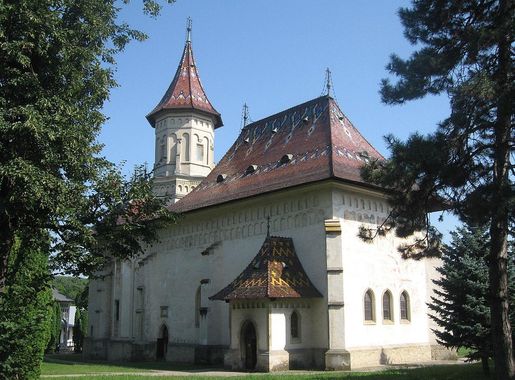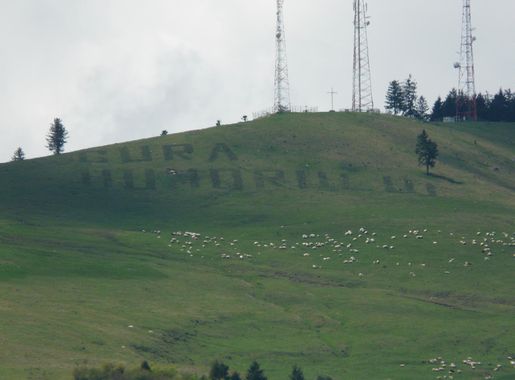
Suceava: The Gateway to Bucovina's Monastic Treasures
Discover Suceava, Romania's historical gem and the gateway to Bucovina's stunning Painted Monasteries. Experience a blend of medieval heritage, vibrant culture, and natural beauty.
Suceava, a city in northeastern Romania, is a gem for travelers seeking a blend of history, culture, and natural beauty. Known as the former capital of the Principality of Moldavia, Suceava is rich in medieval heritage and boasts numerous historical sites that evoke the grandeur of its past. The city's most iconic landmark is the Suceava Fortress, a well-preserved structure that offers panoramic views of the surrounding area. Visitors can explore its walls and towers while learning about the city's strategic importance in medieval times. Suceava is also the gateway to the famed Painted Monasteries of Bucovina, a UNESCO World Heritage site. These monasteries, adorned with vivid frescoes both inside and out, are masterpieces of Byzantine art and architecture. Each monastery, such as Voronet, Humor, and Moldovita, tells a unique story through its colorful murals, depicting biblical scenes and local folklore. A visit to Suceava is incomplete without a tour of these spiritual and artistic marvels. Beyond its historical allure, Suceava offers a warm and welcoming atmosphere with its charming streets, traditional markets, and friendly locals. The city is surrounded by lush landscapes, making it a perfect base for nature enthusiasts. Whether hiking in the nearby Carpathian Mountains or exploring the serene Bucovina countryside, visitors will find plenty of outdoor activities to enjoy. Suceava is a city where history meets nature, providing a memorable experience for all who visit.
Local tips in Suceava
- Visit the Suceava Fortress early in the morning to avoid crowds and enjoy the best light for photography.
- Allocate a full day to explore the Painted Monasteries of Bucovina. Hiring a local guide can enrich your experience.
- Try local delicacies such as 'sarmale' (cabbage rolls) and 'mămăligă' (polenta) at traditional restaurants in the city center.
- If visiting in winter, dress warmly as temperatures can drop significantly. The city and surrounding areas offer picturesque winter landscapes.
- Check out the local markets for unique handmade crafts and souvenirs, particularly those showcasing Bucovina's traditional embroidery.
Suceava: The Gateway to Bucovina's Monastic Treasures
Suceava, a city in northeastern Romania, is a gem for travelers seeking a blend of history, culture, and natural beauty. Known as the former capital of the Principality of Moldavia, Suceava is rich in medieval heritage and boasts numerous historical sites that evoke the grandeur of its past. The city's most iconic landmark is the Suceava Fortress, a well-preserved structure that offers panoramic views of the surrounding area. Visitors can explore its walls and towers while learning about the city's strategic importance in medieval times. Suceava is also the gateway to the famed Painted Monasteries of Bucovina, a UNESCO World Heritage site. These monasteries, adorned with vivid frescoes both inside and out, are masterpieces of Byzantine art and architecture. Each monastery, such as Voronet, Humor, and Moldovita, tells a unique story through its colorful murals, depicting biblical scenes and local folklore. A visit to Suceava is incomplete without a tour of these spiritual and artistic marvels. Beyond its historical allure, Suceava offers a warm and welcoming atmosphere with its charming streets, traditional markets, and friendly locals. The city is surrounded by lush landscapes, making it a perfect base for nature enthusiasts. Whether hiking in the nearby Carpathian Mountains or exploring the serene Bucovina countryside, visitors will find plenty of outdoor activities to enjoy. Suceava is a city where history meets nature, providing a memorable experience for all who visit.
When is the best time to go to Suceava?
Iconic landmarks you can’t miss
Cetatea de Scaun a Sucevei
Discover the historical wonders of Cetatea de Scaun a Sucevei, a majestic fortress steeped in Romania's rich history and breathtaking landscapes.
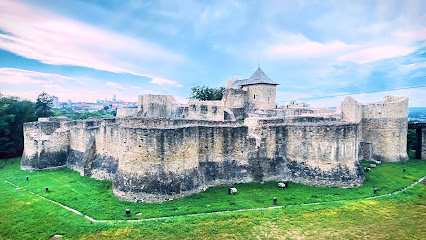
Iulius Mall
Discover the ultimate shopping experience at Iulius Mall in Suceava, where fashion, dining, and entertainment come together in a vibrant atmosphere.
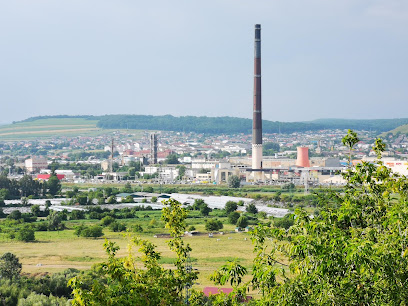
Monastery of Saint John the New of Suceava
Explore the Monastery of Saint John the New in Suceava, a stunning Orthodox church rich in history, art, and tranquil beauty amidst Romania's mountainous landscape.
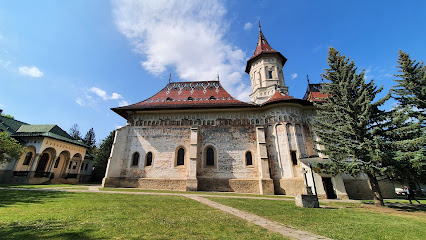
Dragomirna Monastery
Explore the serene Dragomirna Monastery, a stunning historical landmark showcasing exquisite architecture and rich cultural heritage in Romania.
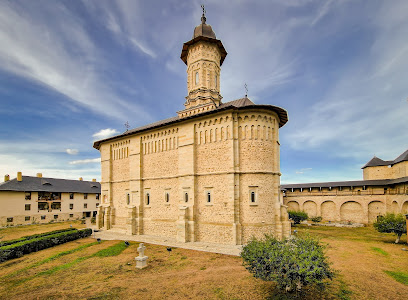
Sonnenhof
Experience luxury and comfort at Sonnenhof, the premier hotel in Suceava, Romania, perfect for exploring the region's rich history and natural beauty.

Centrul Vechi
Experience the heart of Suceava at Centrul Vechi, a charming restaurant, bar, and café offering delicious local and international cuisine.
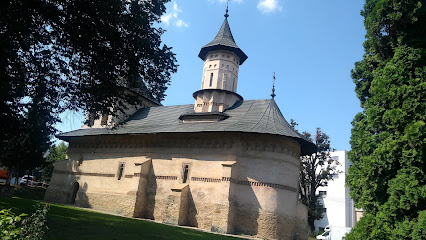
National Museum of Bukovina
Explore the National Museum of Bukovina in Suceava, a captivating journey through history and art that unveils the rich cultural tapestry of the region.
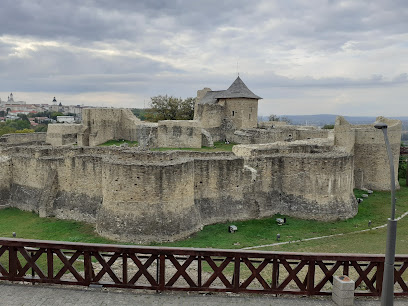
Parcul de Agrement „Tătărași”
Experience the beauty and tranquility of Parcul de Agrement „Tătărăi” in Suceava, a perfect escape for nature lovers and families.

Bucovina Village Museum
Explore the Bucovina Village Museum in Suceava, where history and culture come alive through authentic rural architecture and engaging exhibits.
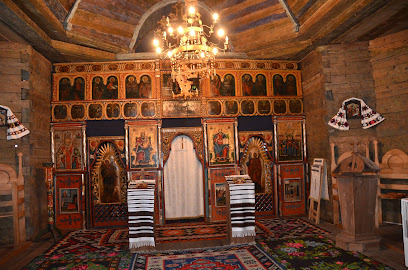
Esplanada Centru
Explore the vibrant Esplanada Centru in Suceava, Romania – a cultural hub filled with history, art, and local flavors in an inviting atmosphere.
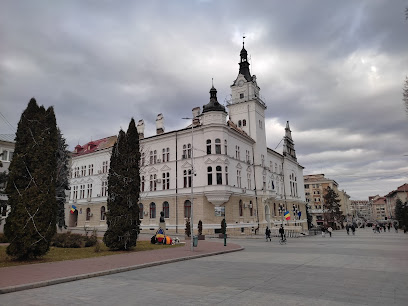
Cel mai important obiectiv turistic din Municipiul Suceava
Explore the historical wonders and vibrant culture of Suceava, Romania, a captivating destination filled with stunning landmarks and rich heritage.
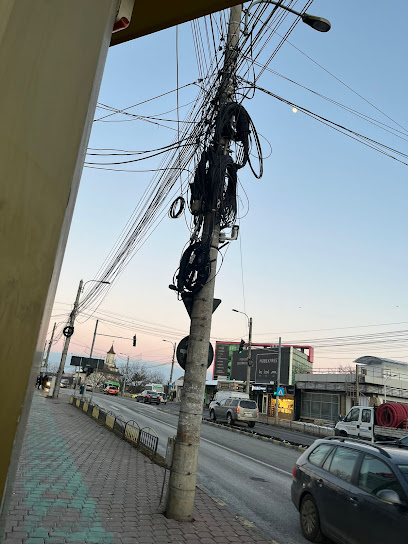
Autogara Tasa Suceava
Discover Suceava's rich history and stunning landscapes from Autogara Tasa, your reliable transportation hub in Romania.
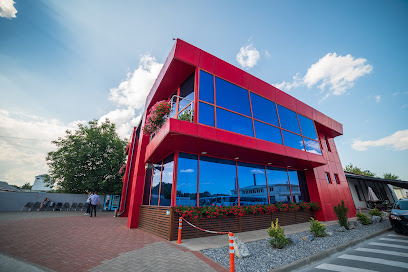
Sakura
Discover the enchanting flavors of Japan at Sakura in Suceava, where exceptional cuisine meets serene ambiance for an unforgettable dining experience.
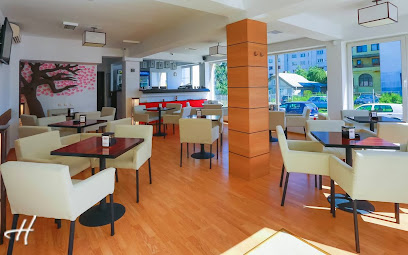
Hanul Domnesc
Discover the rich heritage of Suceava at Hanul Domnesc, a museum showcasing the region's history, art, and culture.
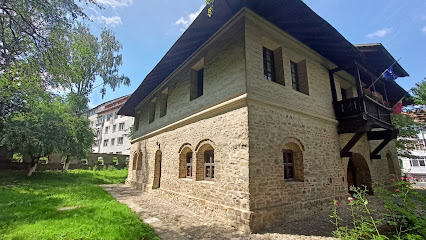
Zamca Monastery
Discover the spiritual serenity and historical richness of Zamca Monastery in Suceava, a tranquil haven amidst Romania's scenic beauty.
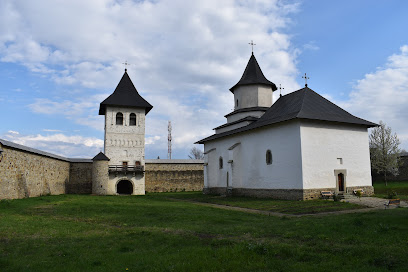
Unmissable attractions to see
Voroneț Monastery
Explore the stunning frescoes and serene beauty of Voroneț Monastery, a UNESCO World Heritage site in Romania's breathtaking countryside.
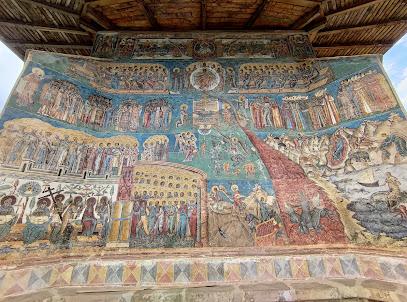
Cetatea de Scaun a Sucevei
Explore the enchanting Cetatea de Scaun a Sucevei, a historical fortress in Romania offering stunning views and captivating exhibitions.
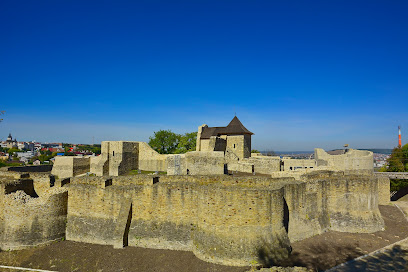
Sucevița Monastery
Discover the breathtaking Sucevița Monastery, a UNESCO World Heritage site, known for its stunning frescoes and serene landscape.
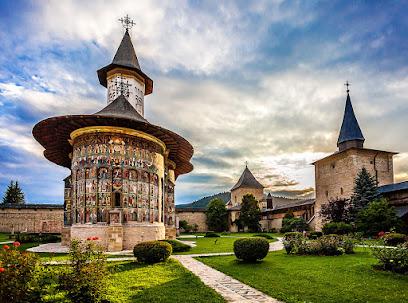
Humor Monastery
Explore the artistic splendor and tranquil beauty of Humor Monastery, a UNESCO World Heritage site in Romania, perfect for cultural and spiritual journeys.
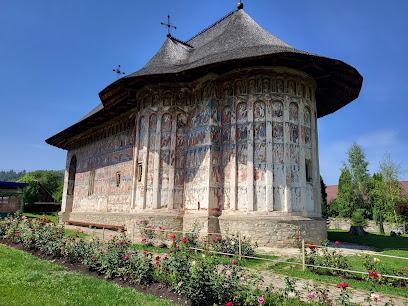
Neamț Monastery.
Experience the divine tranquility and historical richness of Neamț Monastery in the heart of Romania, a must-visit destination for all travelers.
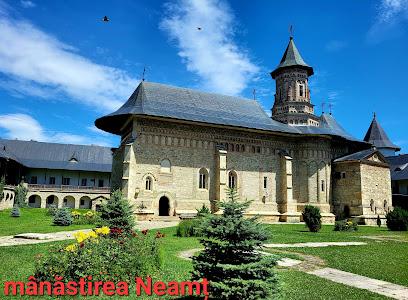
Marginea Black Poterry
Explore the rich tradition of Marginea Black Pottery, where art and culture blend beautifully in Romania's scenic landscape.
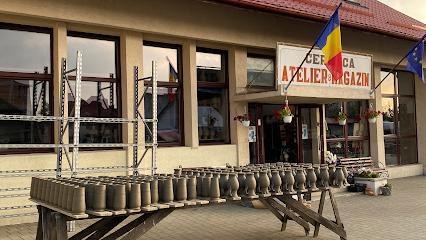
Monastery of Saint John the New of Suceava
Explore the Monastery of Saint John the New of Suceava, a historic Orthodox church known for its stunning frescoes and serene atmosphere, deeply rooted in Romanian spirituality.
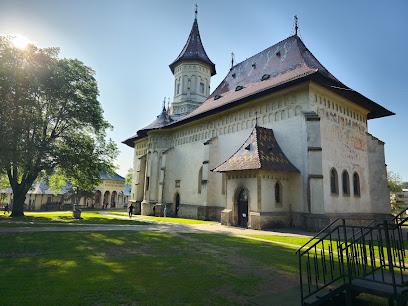
Monastery of Saint John the New of Suceava
Explore the Monastery of Saint John the New in Suceava: a serene Orthodox sanctuary rich in history and stunning architecture.
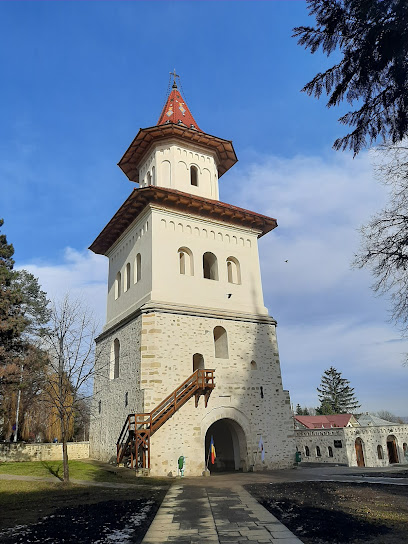
Dragomirna Monastery
Explore the captivating beauty and rich history of Dragomirna Monastery, a serene spiritual sanctuary in the heart of Romania.
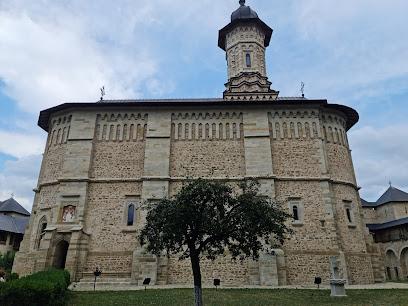
National Museum of Bukovina
Explore the rich cultural heritage of Bukovina at the National Museum of Bukovina, an essential stop for every traveler in Suceava.
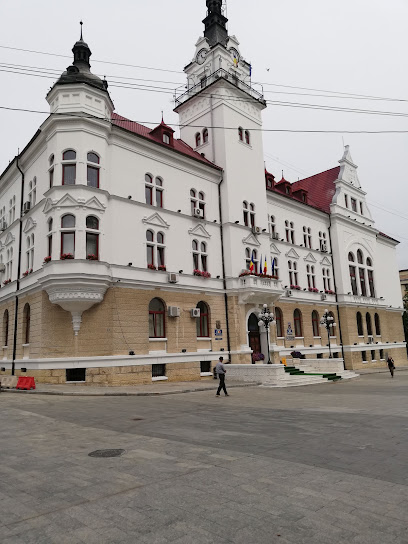
Bucovina Village Museum
Discover the rich traditions of Romanian rural life at Bucovina Village Museum, a captivating outdoor museum in Suceava filled with history and culture.
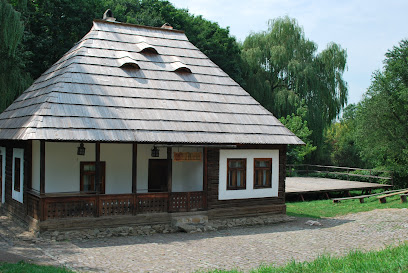
Cel mai important obiectiv turistic din Municipiul Suceava
Uncover the rich history and architectural beauty of Suceava, a captivating Romanian destination for culture and history enthusiasts.
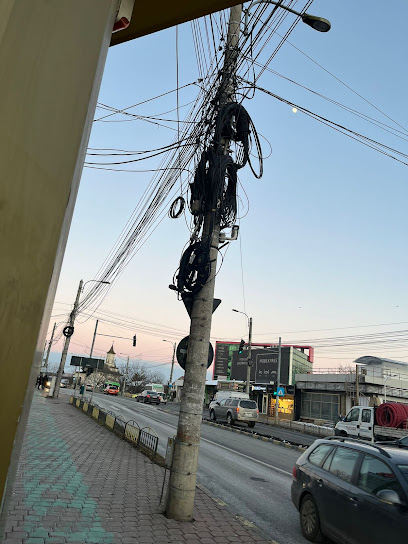
Museum of Natural Sciences
Discover the beauty of nature and learn about the planet's history at the Museum of Natural Sciences in Suceava, a must-visit attraction for all nature lovers.
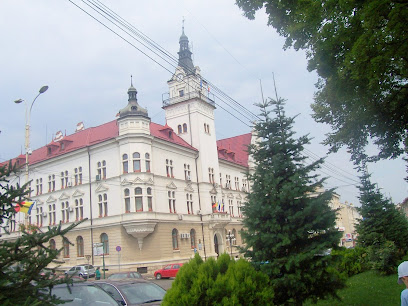
Hanul Domnesc
Experience the rich history and culture of Bucovina at Hanul Domnesc, a captivating museum in Suceava that brings the past to life.
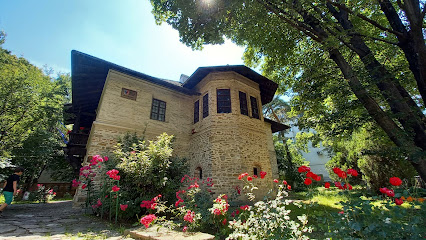
Zamca Monastery
Explore Zamca Monastery, a historical gem in Suceava, Romania, where spirituality meets stunning architecture amidst serene landscapes.
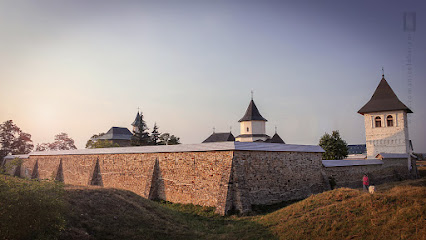
Essential places to dine
Ramiro
Experience exquisite flavors at Ramiro in Suceava—where delicious cuisine meets a vibrant atmosphere and unique features.
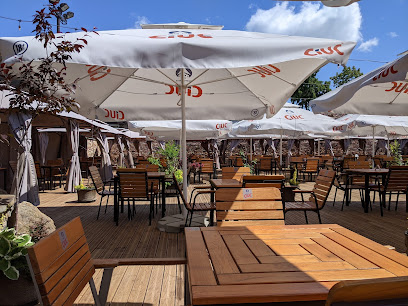
Latino
Discover the vibrant culinary scene at Latino in Suceava—where delicious pizzas meet inviting hospitality.
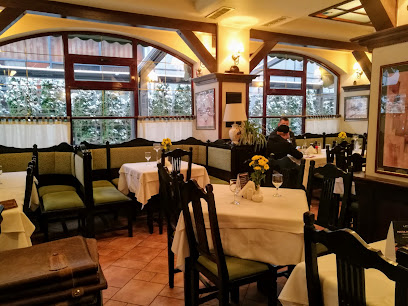
Taco Loco
Discover the ultimate pizza experience at Taco Loco in Suceava—where fresh ingredients meet delightful flavors.
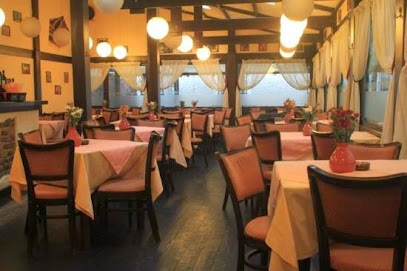
Conacul Domnesc
Discover the perfect blend of relaxation and culinary excellence at Conacul Domnesc in Șcheia.
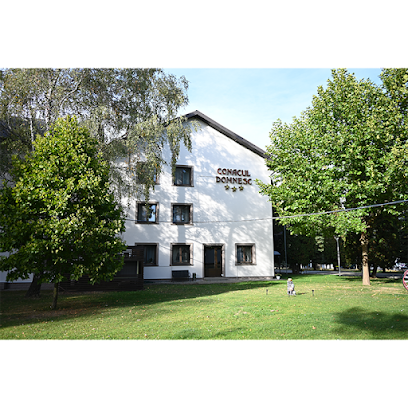
Eden Garden
Discover Eden Garden in Suceava: where exquisite flavors meet nature's beauty in a charming dining experience.
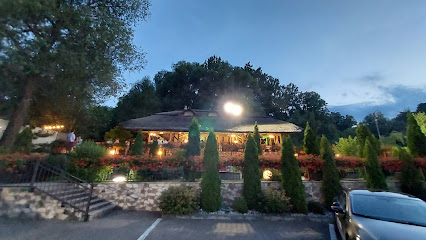
Urban
Savor the essence of Suceava at Urban, where gourmet burgers and delightful breakfasts await in a vibrant setting.
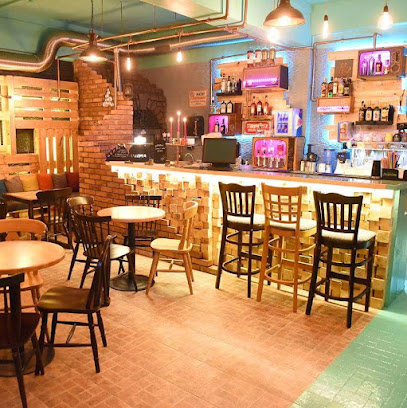
Padrino Suceava
Experience authentic Italian flavors at Padrino Suceava, where every dish tells a story of culinary excellence and tradition.
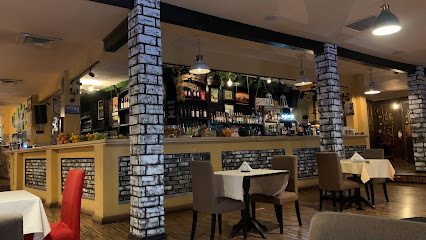
Eker
Experience modern dining at Eker in Suceava—where traditional flavors meet innovative cuisine in a vibrant setting.
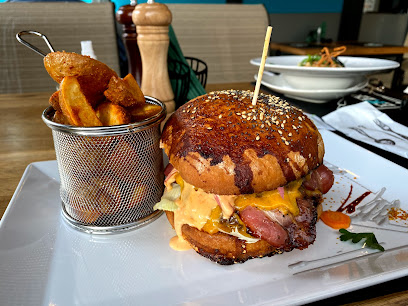
Casa Bucovineană- Restaurant/Pensiune
Discover authentic Romanian cuisine and warm hospitality at Casa Bucovineană in Suceava - your home away from home.
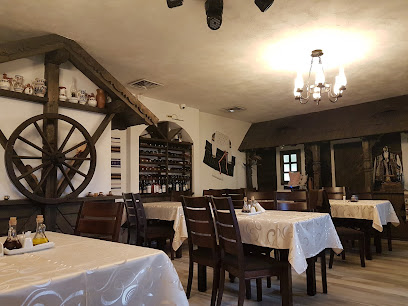
Souvlaki Akropoli
Discover authentic Greek and Romanian flavors at Souvlaki Akropoli in Suceava – where every meal is a culinary journey.
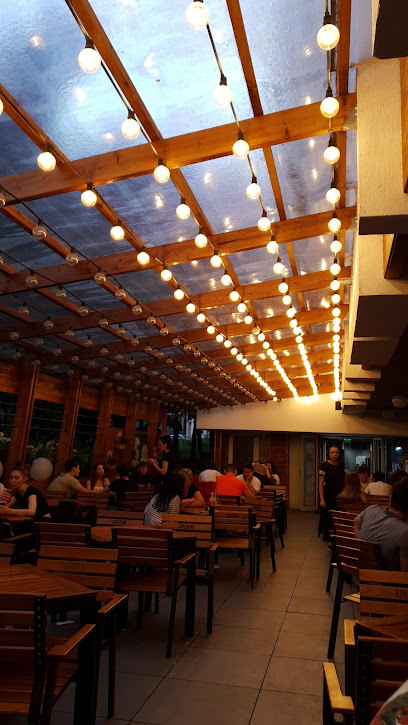
Santa Fe Pensiune & Bistro
Experience authentic Romanian hospitality at Santa Fe Pensiune & Bistro in Suceava – where comfort meets culinary excellence.

Souvlaki Akropoli Marasesti
Experience authentic Greek flavors at Souvlaki Akropoli Marasesti in Suceava, where every dish tells a story of tradition and taste.
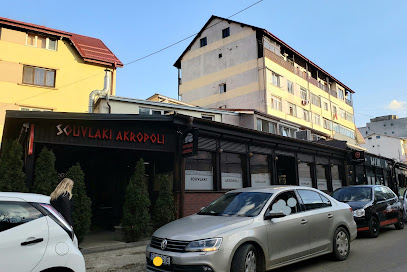
Vivendi
Experience authentic Romanian cuisine at Vivendi in Suceava – where tradition meets taste in every dish.
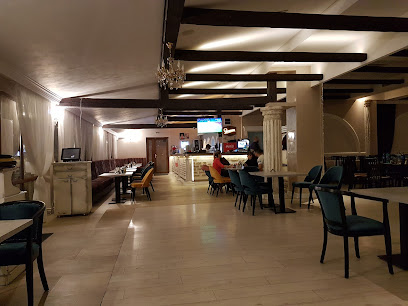
ContainerStreetFood
Discover the ultimate dining experience at ContainerStreetFood in Suceava - gourmet burgers, live music, and unforgettable fun await!
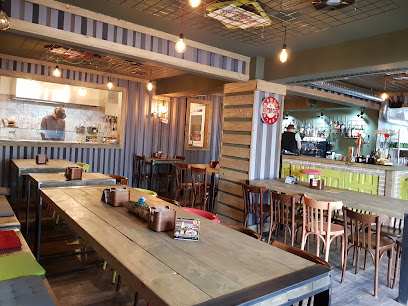
Domeniul Haiducilor Bucovina
Discover authentic Romanian cuisine at Domeniul Haiducilor Bucovina, where nature's beauty meets culinary excellence.
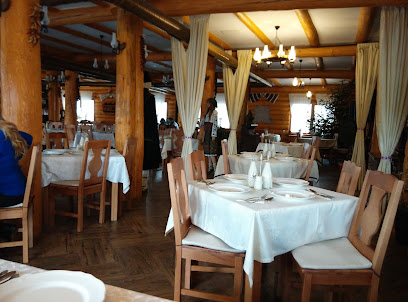
Markets, malls and hidden boutiques
Iulius Mall
Explore Iulius Mall, Suceava's top shopping destination, featuring diverse shops, dining, and entertainment options for an unforgettable experience.
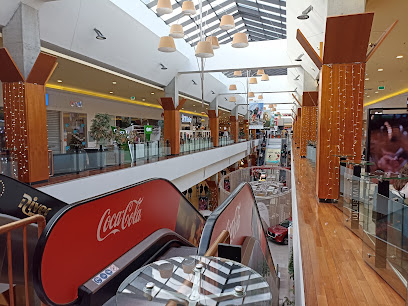
Auchan
Experience shopping like never before at Auchan Suceava, where local flavors meet international brands in a vibrant hypermarket setting.
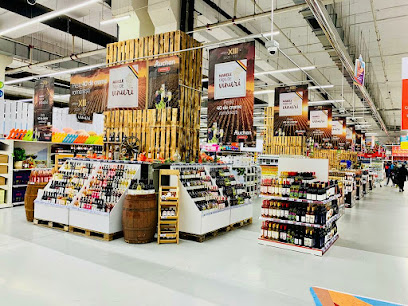
Shopping City
Discover shopping bliss at Shopping City Suceava, where retail therapy meets culinary delights and family fun in a vibrant atmosphere.
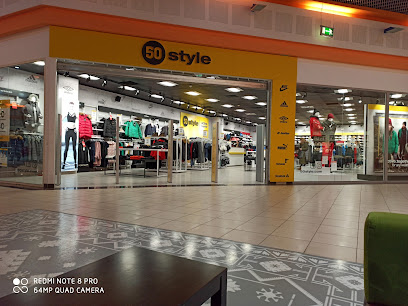
Raisa FashionOutlet
Explore stylish and affordable fashion at Raisa Fashion Outlet in Suceava, a must-visit for every fashion-savvy traveler.
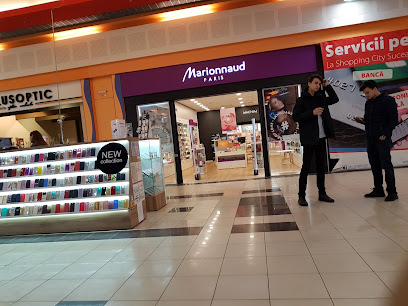
Bazar
Experience the bustling atmosphere of Bazar in Suceava, where culture, shopping, and local flavors blend seamlessly.
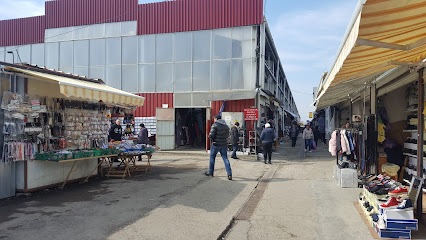
Bucovina Shopping Mall
Discover a shopper's paradise at Bucovina Shopping Mall, where retail therapy meets delectable dining and family-friendly entertainment.
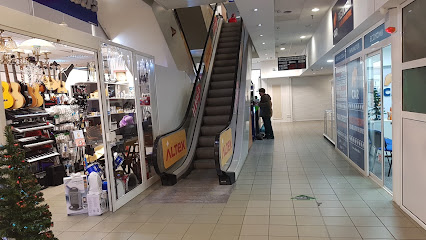
H&M
Explore H&M in Suceava for trendy styles at affordable prices—perfect for the whole family with sustainable fashion choices.
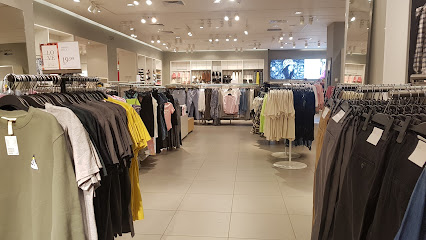
Egros Shopping
Explore unique fashion and artisanal products at Egros Shopping, a charming boutique in Suceava offering a personalized shopping experience.
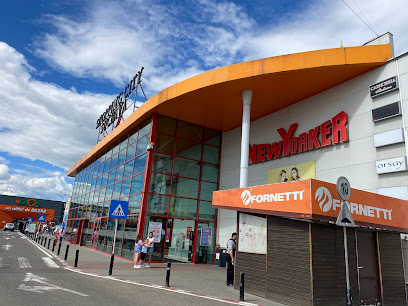
Cadouri Personalizate
Explore Cadouri Personalizate in Iulius Mall, Suceava for unique, personalized gifts that capture the spirit of your Romanian adventure.
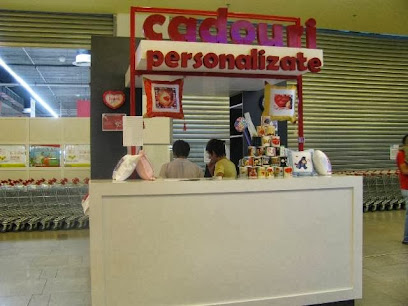
NEW YORKER
Explore NEW YORKER in Suceava for the latest trends in clothing and accessories, perfect for fashion enthusiasts of all ages.
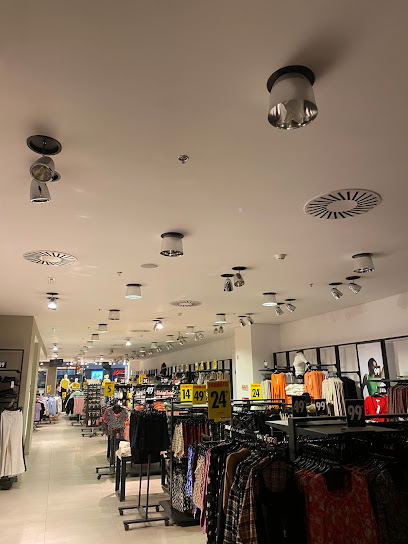
Oshop Outlet
Explore Oshop Outlet in Suceava for unbeatable deals on top brands, offering a diverse selection of fashion at discounted prices.
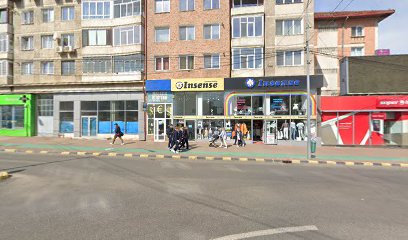
Big OUTLET
Discover incredible deals and a wide range of brands at Big OUTLET in Suceava – the ultimate shopping destination for savvy tourists.

Bershka
Discover the latest fashion trends at Bershka in Suceava, a must-visit clothing store for style-savvy tourists.
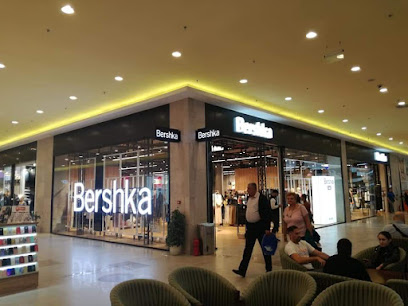
Adidas
Discover the latest in sportswear, footwear, and exercise equipment at the Adidas store in Suceava, where quality meets style.
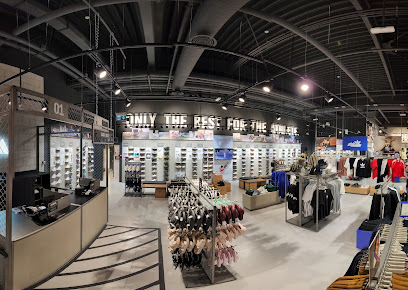
Motivi Iulius Mall
Explore contemporary women's fashion and accessories at Motivi Iulius Mall in Suceava, where style meets affordability and creativity.
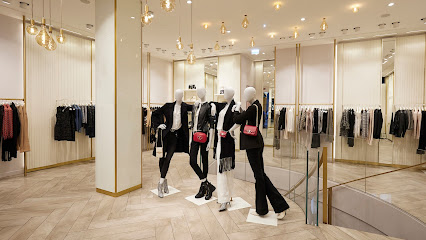
Essential bars & hidden hideouts
Hennesy's
Discover the lively atmosphere of Hennesy's Pub in Suceava, where great food, drinks, and local culture come together for an unforgettable experience.

Rainbow pub
Discover the vibrant nightlife at Rainbow Pub in Suceava, where delicious cocktails and a lively atmosphere await every visitor.
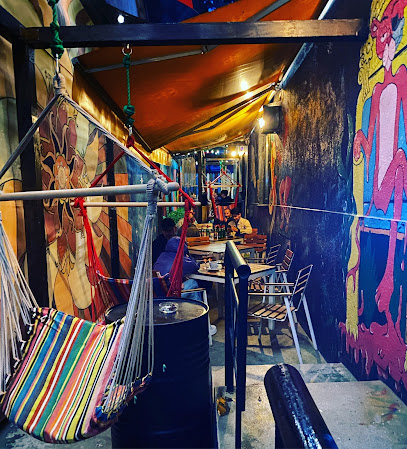
Art Rock Caffe
Discover the artistic charm of Art Rock Caffe in Suceava, where live music and creative cocktails set the perfect mood for a memorable night out.
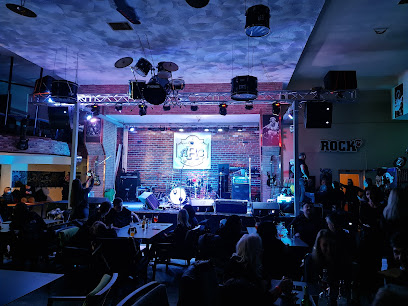
Muse
Experience the perfect blend of comfort and cuisine at Muse, Suceava's top lounge and restaurant, ideal for socializing and relaxation.
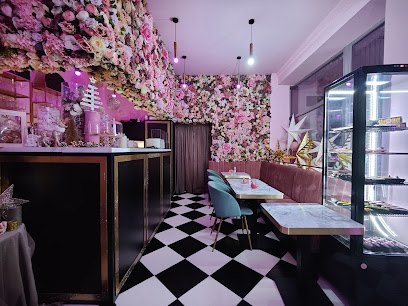
Patru Mese
Discover Patru Mese, a lively bar in Suceava that offers a diverse drink menu and a vibrant atmosphere perfect for socializing and relaxation.
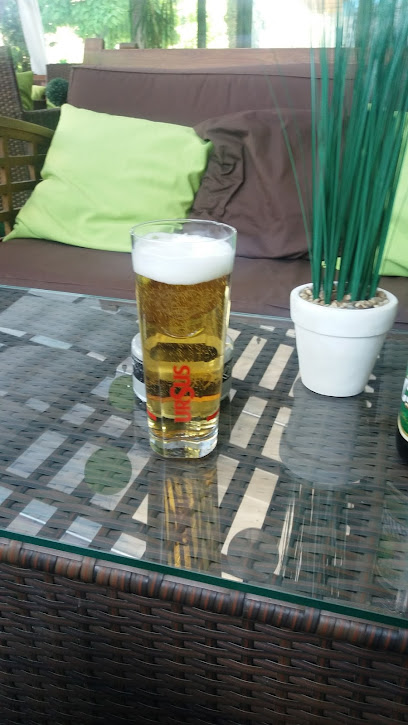
Rynox
Experience the lively atmosphere and inexpensive drinks at Rynox, the perfect bar for socializing in Suceava.
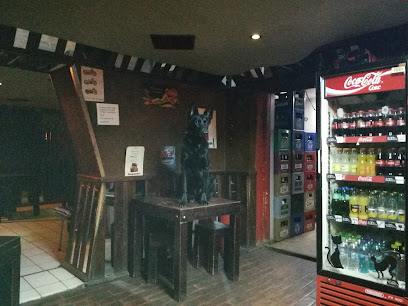
Insense Vinyl
Experience the vibrant blend of music, drinks, and local culture at Insense Vinyl, the must-visit pub and cafe in Suceava.
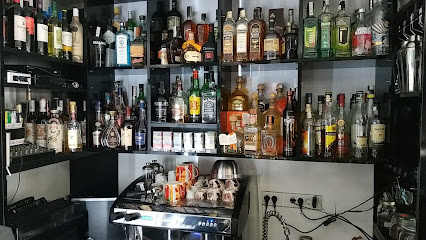
AMURG Cafe Bar
Discover the charm of Suceava at AMURG Cafe Bar, where cozy cafe meets vibrant bar culture, perfect for travelers seeking local delights.
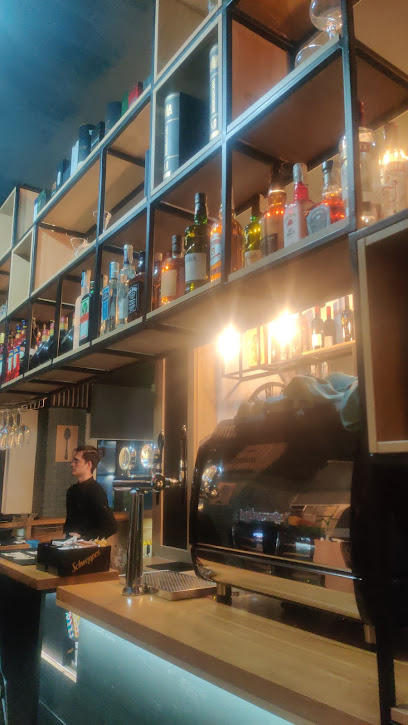
Galaxy
Discover the vibrant nightlife of Suceava at Galaxy Bar, where great drinks meet a lively atmosphere perfect for socializing.

Lounge Pub
Experience the lively ambiance and delicious cuisine at Lounge Pub in Suceava, the perfect spot for unwinding and socializing.
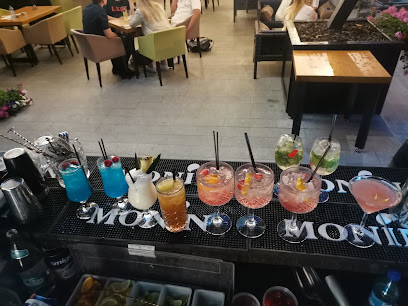
BeerTime
Discover the vibrant nightlife at BeerTime, Suceava's premier bar for local and international beers in a lively atmosphere.

Bar Events Suceava
Discover the vibrant nightlife of Suceava at Bar Events, where innovative cocktails and a lively atmosphere await you.
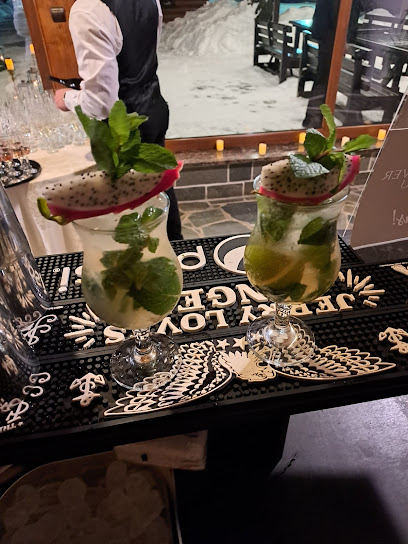
Cafe bar
Discover a cozy and inviting cafe bar in Suceava, where you can relax with friends over delicious drinks and enjoy local flavors in a vibrant atmosphere.
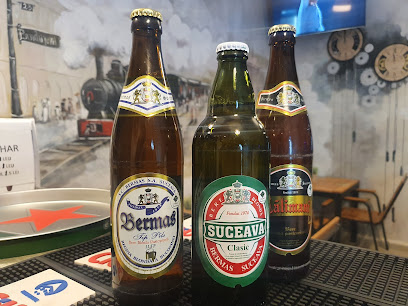
Liberta S.R.L.
Experience the charm of Liberta S.R.L. in Suceava, where locals gather for delightful drinks and a warm atmosphere.

La Zinu
Discover La Zinu, a lively pub in Suceava offering delicious local dishes, refreshing drinks, and a warm, welcoming atmosphere for all visitors.
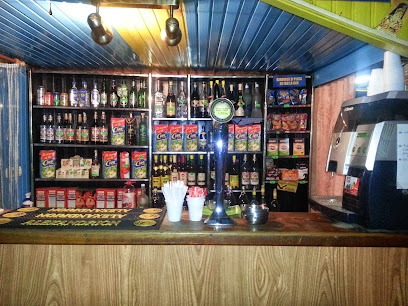
Local Phrases
-
- HelloSalut
[sah-loot] - GoodbyeLa revedere
[lah reh-veh-deh-reh] - YesDa
[dah] - NoNu
[noo] - Please/You're welcomeTe rog
[teh rohg] - Thank youMulțumesc
[mool-tsoo-mesk] - Excuse me/SorryScuzați-mă
[skoo-zahtz mah] - How are you?Ce faci?
[cheh fahch] - Fine. And you?Bine. Și tu?
[bee-neh. shee too] - Do you speak English?Vorbiți engleză?
[vor-beetz eng-leh-zah] - I don't understandNu înțeleg
[noo in-tseh-leg]
- HelloSalut
-
- I'd like to see the menu, pleaseAș dori să văd meniul, vă rog
[uhsh doh-ree sah vuhd meh-nyool, vuh rohg] - I don't eat meatNu mănânc carne
[noo muh-nuhnk kahr-neh] - Cheers!Noroc!
[noh-rohk] - I would like to pay, pleaseAș dori să plătesc, vă rog
[uhsh doh-ree sah pluh-tesk, vuh rohg]
- I'd like to see the menu, pleaseAș dori să văd meniul, vă rog
-
- Help!Ajutor!
[ah-yoo-tohr] - Go away!Du-te!
[doo-teh] - Call the Police!Apelați Poliția!
[ah-peh-lahts poh-lee-tsee-ah] - Call a doctor!Sună un doctor!
[soo-nuh oon dohk-tohr] - I'm lostM-am pierdut
[mahm pyehr-doohwt] - I'm illSunt bolnav
[soont bohl-nahv]
- Help!Ajutor!
-
- I'd like to buy...Aș dori să cumpăr...
[uhsh doh-ree sah koom-puhr] - I'm just lookingMă uit doar
[muh ooit doo-ahr] - How much is it?Cât costă?
[kuht kohs-tuh] - That's too expensiveEste prea scump
[yeh-steh preh-ah skoomp] - Can you lower the price?Puteți să reduceți prețul?
[poo-tehtsuh sah reh-doo-chehts preh-tsool]
- I'd like to buy...Aș dori să cumpăr...
-
- What time is it?Cât este ora?
[kuht yeh-steh oh-rah] - It's one o'clockEste ora unu
[yeh-steh oh-rah oo-noo] - Half past (10)La jumătate (zece)
[lah joo-muh-tah-teh zeh-cheh] - MorningDimineața
[dee-mee-neh-tsa] - AfternoonDupă-amiază
[doo-puh ah-mee-ah-zuh] - EveningSeara
[seh-ah-rah] - YesterdayIeri
[yehr] - TodayAstăzi
[ahs-tuhz] - TomorrowMâine
[muh-ee-neh] - 1Unu
[oo-noo] - 2Doi
[doy] - 3Trei
[treh-ee] - 4Patru
[paht-roo] - 5Cinci
[cheen-ch] - 6Șase
[shah-seh] - 7Șapte
[shahp-teh] - 8Opt
[ohpt] - 9Nouă
[noo-wah] - 10Zece
[zeh-cheh]
- What time is it?Cât este ora?
-
- Where's a/the...?Unde este unul/o...
[oon-deh yeh-steh oo-noo/oh] - What's the address?Care este adresa?
[cah-reh yeh-steh ah-dreh-sah] - Can you show me (on the map)?Puteți să-mi arătați (pe hartă)?
[poo-tehtsuh sah-mee ah-rah-tahts (peh hahr-tuh)] - When's the next (bus)?Când este următorul (autobuz)?
[kuhnd yeh-steh oor-muh-toh-rool (ow-toh-booze)] - A ticket (to ....)Un bilet (spre ....)
[oon bee-let spre]
- Where's a/the...?Unde este unul/o...
History of Suceava
-
Suceava, located in the northeastern part of Romania, was first mentioned in documents dating back to the 14th century. It became the capital of the Principality of Moldavia during the reign of Petru Mușat (1375–1391). This era marked the beginning of the city's strategic importance, both politically and economically.
-
The city reached its zenith during the reign of Stephen the Great (1457–1504), one of Romania’s most celebrated rulers. Under his leadership, Suceava was fortified with strong defensive walls and became a cultural and religious hub. The construction of the Suceava Citadel (Cetatea de Scaun) and the Mirăuți Church, the oldest church in Suceava, are significant landmarks from this period.
-
After the death of Stephen the Great, Suceava began to experience decline due to repeated invasions and the shifting of the Moldavian capital to Iași in the 16th century. By the 18th century, the city had fallen under Ottoman suzerainty, which brought significant administrative and cultural changes.
-
In 1775, following the Treaty of Küçük Kaynarca, Suceava and the surrounding region of Bukovina were annexed by the Habsburg Monarchy. This period saw a blend of Austrian and local Moldavian influences, with the establishment of new educational institutions and the modernization of infrastructure.
-
During World War I, Suceava was on the front lines and experienced significant turmoil. With the end of the war and the subsequent Treaty of Saint-Germain in 1919, Bukovina, including Suceava, was united with the Kingdom of Romania. This unification sparked a period of growth and integration into the Romanian state.
-
World War II brought further conflict to Suceava, with the city being occupied by Soviet forces in 1944. The post-war period saw Suceava incorporated into the Socialist Republic of Romania, leading to communist governance and significant socio-economic changes.
-
With the fall of communism in 1989, Suceava underwent rapid transformation. The city has since focused on preserving its rich historical heritage while fostering economic development. Modern Suceava stands as a testament to its resilient past, with restored historical sites and a growing cultural scene.
Suceava Essentials
-
Suceava is accessible via Suceava International Airport (SCV), which offers flights from several European cities. Alternatively, you can fly into Henri Coandă International Airport in Bucharest and take a domestic flight, train, or bus to Suceava. The train journey from Bucharest to Suceava takes approximately 6 to 7 hours and offers scenic views. Buses are also available and provide a more economical option, though the trip may take longer.
-
Public transportation in Suceava includes buses and taxis. The local bus network is efficient and covers most parts of the city. Taxis are readily available and relatively inexpensive; ensure the meter is running or agree on a fare beforehand. For greater flexibility, consider renting a car, especially if you plan to explore the surrounding areas. Walking is also a viable option for exploring the city center, where many attractions are located.
-
The official currency in Romania is the Romanian Leu (RON). Credit cards are widely accepted in hotels, restaurants, and large shops, but it is advisable to carry some cash for smaller establishments and markets. ATMs are plentiful throughout Suceava, so withdrawing cash is convenient. Currency exchange services are available at banks and exchange offices.
-
Suceava is generally safe for tourists. However, standard precautions should be taken. Avoid poorly lit or unfamiliar areas at night, and be cautious in crowded places to prevent pickpocketing. There are no specific high-crime areas targeting tourists, but staying vigilant and aware of your surroundings is always recommended.
-
In case of emergency, dial 112, the European emergency number, for police, fire, or medical assistance. Suceava has several hospitals and clinics that provide medical care. Pharmacies are also available for minor health issues. It is advisable to have travel insurance that covers medical emergencies.
-
Fashion: Do dress modestly, especially when visiting religious sites. Avoid overly casual or revealing clothing. Religion: Do respect local customs and traditions. When visiting churches, dress conservatively and cover your head if required. Public Transport: Do be respectful and give up your seat to elderly passengers. Don’t eat or drink on public transport. Greetings: Do greet people with a handshake. A friendly 'Bună ziua' (Good day) is appreciated. Eating & Drinking: Do try local delicacies and accept food offerings graciously. Don’t refuse hospitality, as it is considered impolite.
-
To experience Suceava like a local, visit the local markets such as the Central Market, where you can buy fresh produce and traditional Romanian goods. Engage with locals, who are often friendly and willing to share stories about the city's history and culture. Don’t miss visiting the Suceava Fortress, a historical landmark offering stunning views of the city. For a unique experience, explore the nearby Bukovina region, famous for its painted monasteries, which are UNESCO World Heritage Sites.
Trending Landmark in Suceava
-
Cetatea de Scaun a Sucevei
-
Iulius Mall
-
Monastery of Saint John the New of Suceava
-
Dragomirna Monastery
-
Sonnenhof
-
Centrul Vechi
-
National Museum of Bukovina
-
Parcul de Agrement „Tătărași”
-
Bucovina Village Museum
-
Esplanada Centru
-
Cel mai important obiectiv turistic din Municipiul Suceava
-
Autogara Tasa Suceava
-
Sakura
-
Hanul Domnesc
-
Zamca Monastery
Nearby Cities to Suceava
-
Things To Do in Chernivtsi
-
Things To Do in Iasi
-
Things To Do in Ivano-Frankivsk
-
Things To Do in Orhei
-
Things To Do in Sighisoara
-
Things To Do in Baia Mare
-
Things To Do in Khmelnytskyi
-
Things To Do in Chișinău
-
Things To Do in Ternopil
-
Things To Do in Cluj-Napoca
-
Things To Do in Focsani
-
Things To Do in Brasov
-
Things To Do in Vinnytsia
-
Things To Do in Satu Mare
-
Things To Do in Tiraspol


